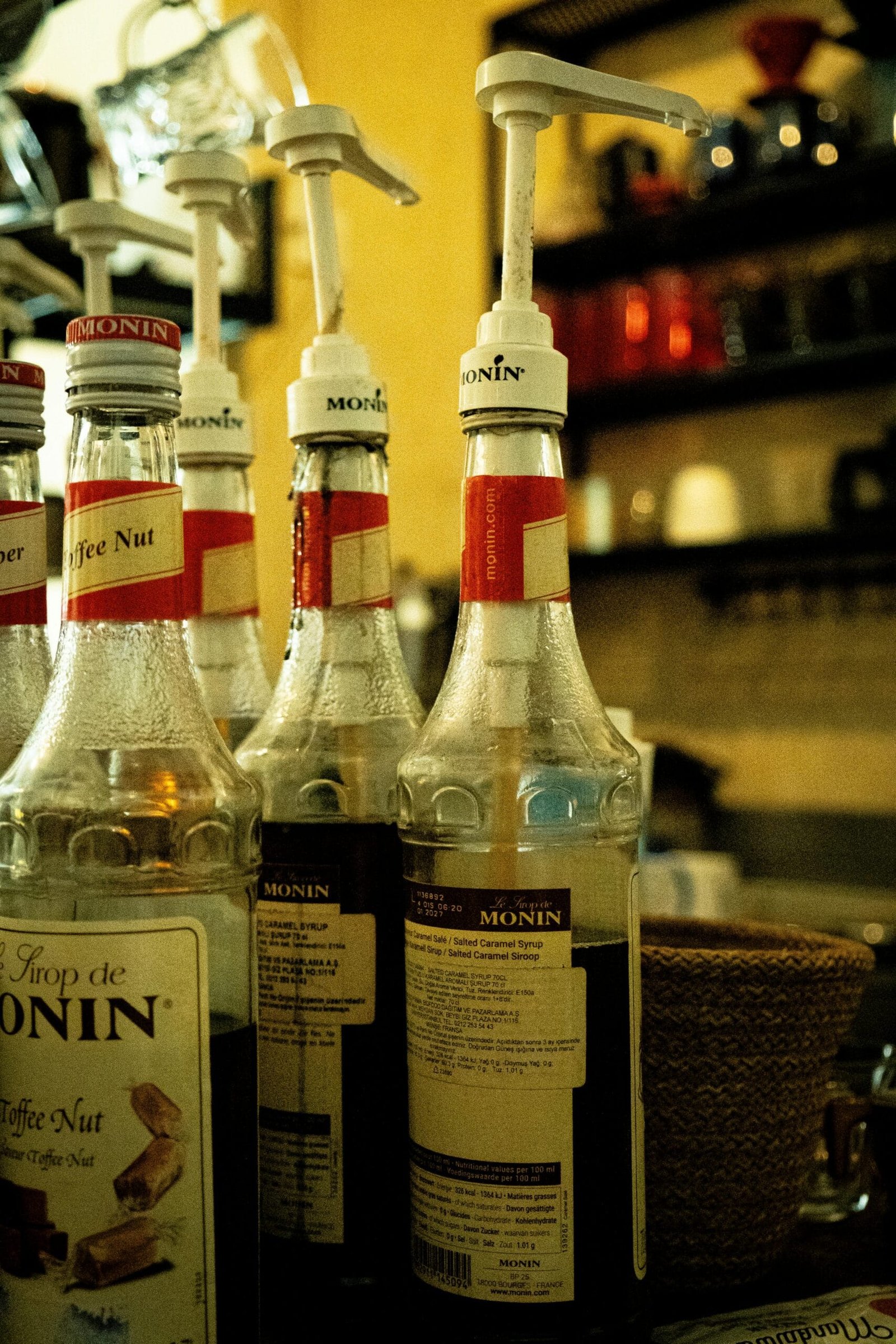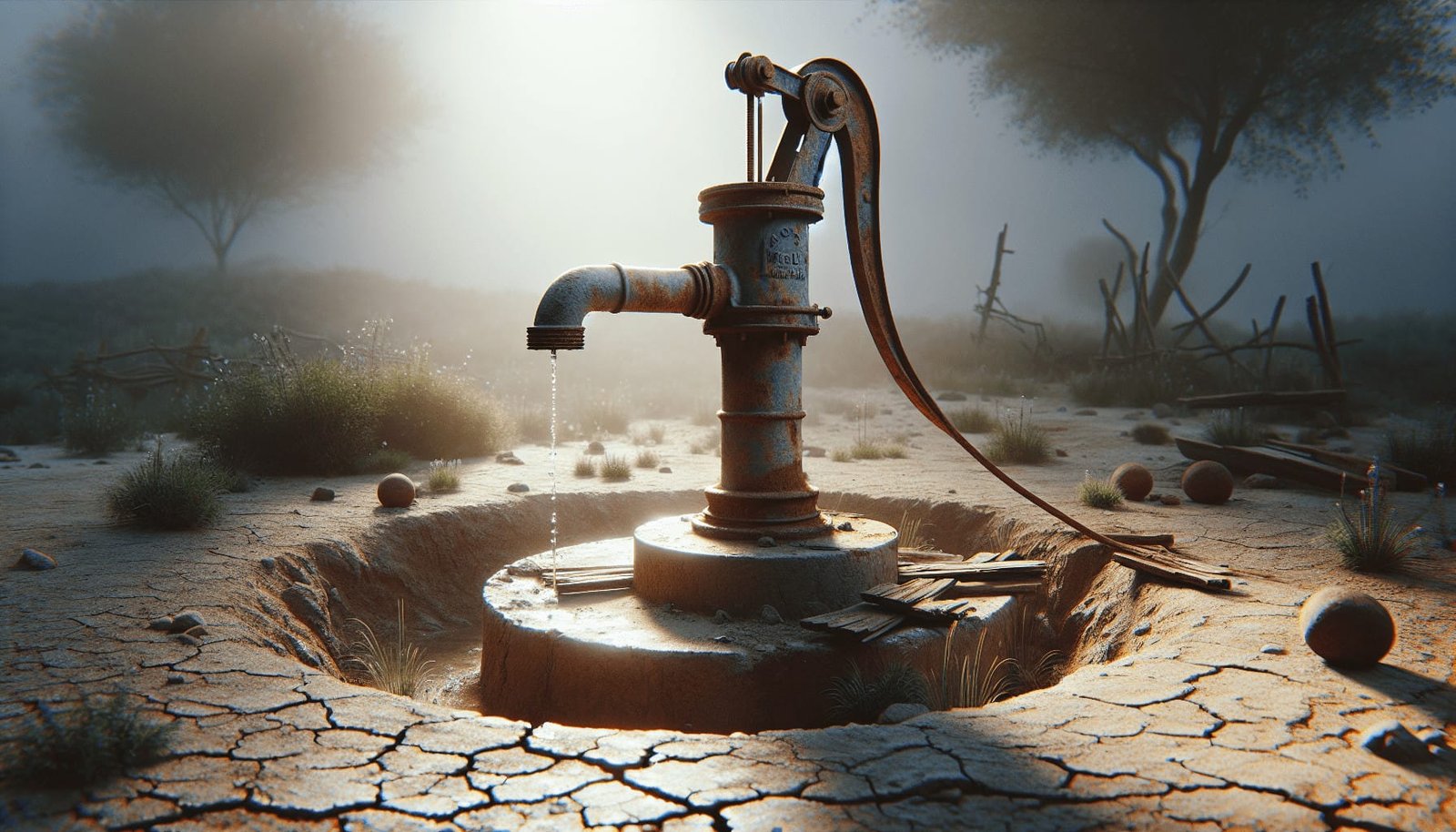Have you ever turned on the faucet and been met with silence instead of the gushing sound of water? It can be quite unsettling, especially if you rely on a private well for your water supply. Understanding the signs of a failing well pump is crucial for anyone responsible for their own well system. Catching potential issues early can save you from inconvenient disruptions and costly repairs. But, how do you know when your well pump is in trouble?

Understanding Well Pumps
Before you can identify whether your well pump is failing, it’s helpful to know what it is and how it works. A well pump is a device used to extract water from a well. There are different types of well pumps, but most commonly, they are submersible pumps or jet pumps.
Types of Well Pumps
Submersible Pumps: These are installed deep inside the well and are fully submerged in water. They push water up through the well to the surface. They tend to be more efficient and have a longer lifespan compared to other types.
Jet Pumps: Unlike submersible pumps, jet pumps are installed above ground. They pull water up from the well. Jet pumps can be further classified as shallow well jet pumps or deep well jet pumps, depending on the depth they can handle.
Common Signs of a Failing Well Pump
Identifying issues early can be the difference between a minor repair and a major overhaul. Here are some common signs that indicate your well pump might be failing:
Fluctuating Water Pressure
One of the first signs of a failing well pump is inconsistent water pressure. Have you noticed water pressure that goes from strong to weak and then back again? This could indicate that there’s an issue with the pump or pressure tank. It might be struggling to maintain the needed pressure.
Strange Noises
Unusual sounds coming from your water system, such as chattering, humming, or whining, can signal trouble. These noises could be due to worn bearings or a malfunctioning motor. If you hear something that doesn’t sound quite right, it’s worth having it checked out.
Air Spitting from Faucets
If air spurts out when you turn on the tap, it’s likely that air is being sucked into the system somewhere. This scenario often points to a well pump-related issue, such as a leak in the system or a damaged check valve.
High Electric Bills
A sudden rise in your electric bill can also be a red flag. If the pump is running more than it should due to a mechanical or electrical problem, it could lead to increased energy consumption.
Dirty Water
If you notice dirty, muddy, or cloudy water coming from your taps, it could mean that your well pump is struggling. Sometimes, this is due to a leak or crack in the well casing or it might be because the pump is drawing water from near the bottom of the well where more sediment resides.
Continuous Pump Running
Well pumps are meant to turn on and off at intervals based on water usage and pressure levels. If you notice the pump is continually running without stopping, it could be overstrained, pointing towards a potential failure.
No Water Supply
The most obvious sign is when no water is coming from your taps altogether. Once you’ve ruled out simple problems like a closed valve, it’s likely that there’s a serious well or pump issue.
Troubleshooting Well Pump Problems
When you suspect your well pump might be failing, there are some troubleshooting steps you can take before calling a professional. However, well systems can be complex, so you should feel comfortable calling for help if needed.
Check the Power
Make sure that the pump’s power supply is not disrupted. Check the circuit breaker and electricity supply first to ensure that the pump is receiving electricity.
Inspect the Pressure Tank
Next, take a look at the pressure tank. A malfunctioning pressure tank can cause pump problems. Ensure it’s operating properly and that the correct pressure is maintained.
Evaluate the Pressure Switch
The pressure switch could also be causing problems. If it’s clogged with debris or faulty, the pump might not receive the correct signal to turn on or off.
Look for Leaks
Inspect the well and the above-ground plumbing for any visible leaks. Air getting into the system could also be the result of leaking pipes or connections.
Listen to the Pump
If it’s accessible, listen to the pump for any strange noises, and consider how often it’s turning on and off. This could provide further clues as to what’s going on.
When to Call a Professional
If troubleshooting doesn’t resolve the problem, or if you’re unsure about handling these steps, it’s a good idea to call a professional. A well pump technician has the tools and experience needed to accurately diagnose and fix the problem.

Preventative Maintenance Tips
Regular maintenance is key to extending the life of your well pump and ensuring your water supply remains uninterrupted. Here are some maintenance tips to keep your pump in top condition:
Schedule Annual Inspections
Having a professional inspect your well system annually can catch potential issues before they escalate. An expert can clean the well, check the pump, and ensure the system is functioning efficiently.
Keep Chemicals Away
Avoid storing hazardous chemicals or fertilizers near your well, as any contamination can be harmful. Ensure they’re stored far away, and never use them around the well site.
Protect the Wellhead
Ensure that the area around the wellhead is free from debris and well protected. This prevents contaminants from entering the well.
Monitor Water Usage
Keep an eye on your water usage. Excessive use can overwork your pump. Try to stagger heavy water consumption activities throughout the day to lessen the impact.
Test Water Quality
Regular water tests can alert you to changes in your groundwater that might affect your pump, such as increased sediment or chemical presence.
Winterizing Your Well System
For those living in colder climates, preparing your well system for winter is important to prevent freezing and other cold-related damages. Here’s how to winterize your well system:
Insulate Exposed Pipes
Wrap any exposed water pipes with insulation. You can use foam pipe insulation or heating tape to prevent them from freezing.
Seal Air Leaks
Check for any air leaks in your well house or pump building. Seal any gaps or cracks to keep cold air out and warmer air in.
Maintain Heat Levels
If your pump house is heated, maintain a consistent temperature above freezing. In areas prone to extremely low temperatures, a small thermostatically controlled heater may be necessary.
Remove Pump & Store (If Necessary)
For shallow well pumps that aren’t used in the winter, you might consider draining them and storing them in a warm place until spring.
Check Pressure Tank
Ensure your pressure tank isn’t affected by the cold. Incorporating a small heat source can help in preventing freezing within the tank.
Drain Pipes (If Necessary)
For systems that won’t be in use during the winter, consider draining water from the plumbing system. This minimizes the risk of pipes freezing and bursting.

Conclusion
Managing a well system can seem daunting, but with a little knowledge and care, you can ensure it runs smoothly. By understanding how to identify the signs of a failing well pump and how to maintain your setup properly, you’ll help promote its longevity and efficiency. Beyond extending the life of your equipment, these practices can lead to better water quality and more reliable access to this vital resource. Remember, if you ever feel unsure about a task, calling in a professional is always a wise choice.

